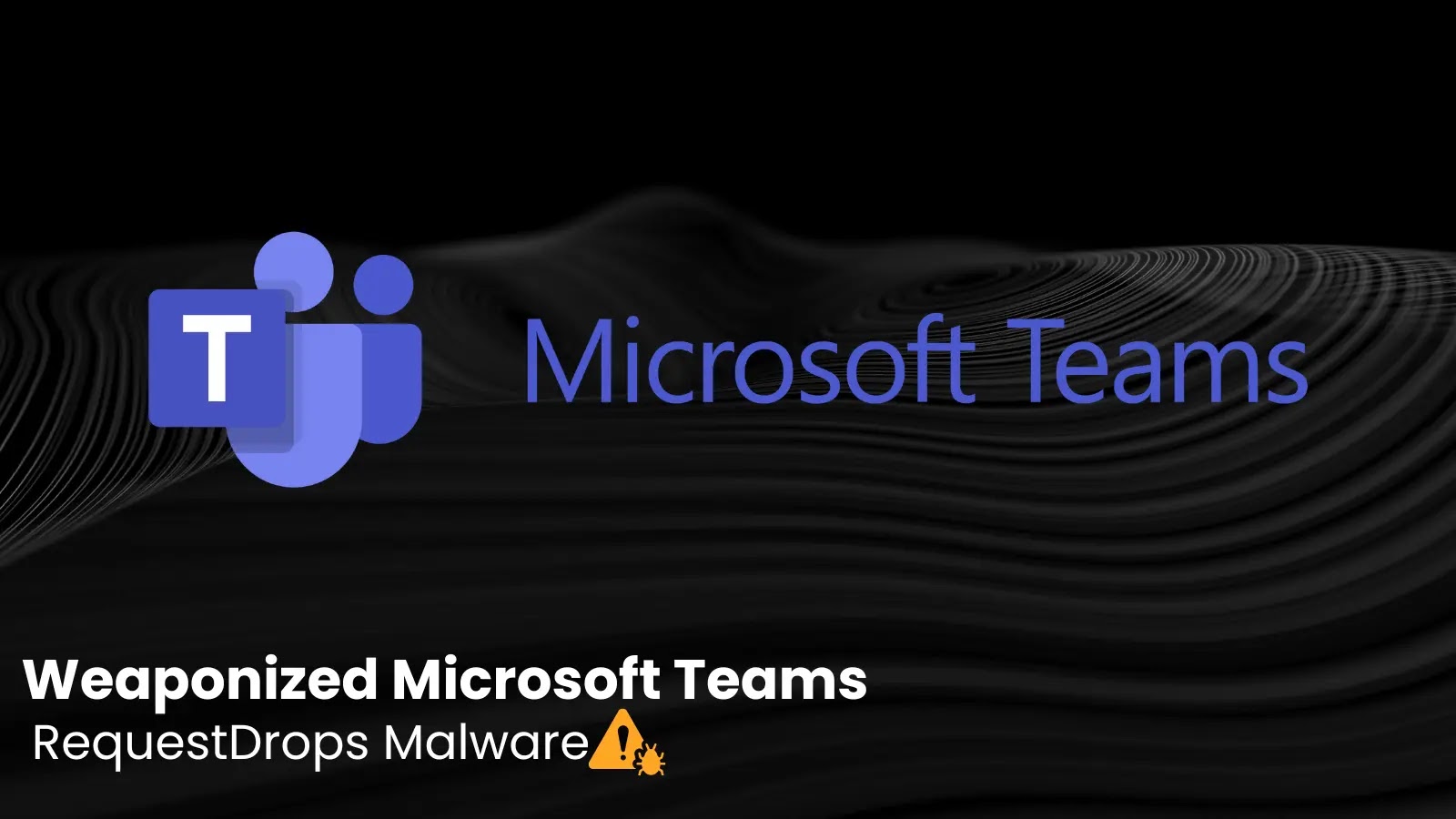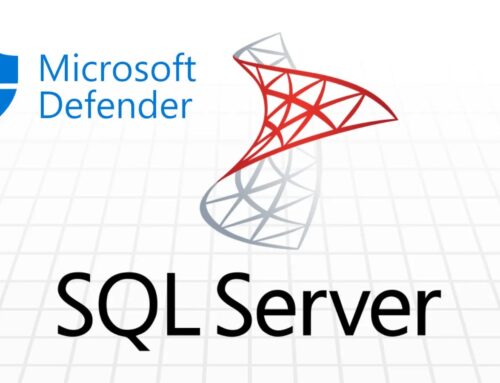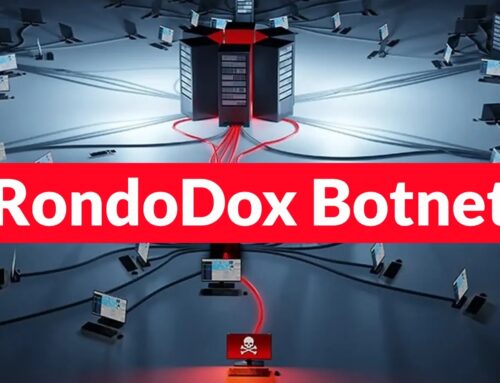
Hackers Mimic IT Teams to Exploit Microsoft Teams Request to Gain System Remote Access
Corporate networks face a persistent and evolving threat landscape. Organizations widely adopt collaboration platforms like Microsoft Teams for seamless communication and productivity. However, this convenience also introduces new attack vectors. A sophisticated social engineering campaign, attributed to the notorious EncryptHub threat group, is actively exploiting Microsoft Teams to gain system remote access, mimicking IT support staff. This campaign underscores the critical need for robust cybersecurity defenses and heightened user awareness.
This blog post, drawing insights from recent cybersecurity intelligence, delves into the mechanics of this phishing campaign, the tactics employed by the threat actors, and, crucially, how organizations can fortify their defenses against such insidious attacks.
The EncryptHub Threat: Impersonation and Exploitation
The EncryptHub threat group, reportedly linked to Russian cybercriminals, has launched a highly effective social engineering campaign. Their methodology is a chilling blend of psychological manipulation and technical exploitation. Unlike brute-force attacks or simple phishing emails, this campaign leverages a deep understanding of corporate IT workflows and human behavior.
The attack initiates with threat actors impersonating internal IT support personnel. This impersonation lends an immediate air of legitimacy, making recipients more susceptible to their malicious requests. The preferred communication channel for this initial contact is Microsoft Teams, a platform where users are accustomed to receiving legitimate IT-related communications.
How the Attack Unfolds: Mimicking IT Support
The core of this attack lies in its ability to mimic legitimate IT operations. Here’s a breakdown of the typical attack chain:
- Initial Contact: Threat actors send a message via Microsoft Teams to a target user, posing as an IT technician. The message often cites a manufactured IT issue or a routine software update, creating a sense of urgency or necessity.
- Request for Remote Access: The message then prompts the user to grant remote access to their system, ostensibly to “resolve the issue” or “install the update.” This request is typically made through legitimate remote access tools or features, further enhancing the illusion of legitimacy.
- Payload Delivery: Once remote access is established, the attackers exploit a previously unknown Windows vulnerability to deploy malicious payloads. This zero-day exploitation greatly increases the success rate and stealth of the attack.
- System Compromise: The deployed malware can vary, but the ultimate goal is typically to gain persistent access, exfiltrate sensitive data, or deploy ransomware.
The reliance on a previously unknown Windows vulnerability highlights the advanced capabilities of the EncryptHub group. This “zero-day” exploitation means that traditional antivirus and security measures may not have signatures or rules to detect the specific payload initially, making timely detection extremely challenging.
Why Microsoft Teams?
Microsoft Teams has become a prime target for threat actors due to several factors:
- Trust and Familiarity: Users inherently trust communications originating within their organization’s official collaboration platform.
- Direct Communication: Teams allows for direct, one-on-one communication, making it easier for attackers to isolate targets and conduct personalized social engineering.
- File Sharing and Collaboration Features: The platform’s native file-sharing capabilities can sometimes be leveraged for initial payload delivery or command and control.
- Integration with Corporate Systems: Teams is often deeply integrated with Active Directory and other corporate systems, potentially providing attackers with an easier path to escalate privileges once initial access is gained.
Remediation Actions and Proactive Defense
Protecting an organization against sophisticated social engineering campaigns like those deployed by EncryptHub requires a multi-layered approach involving technical controls, robust policies, and continuous employee training. While a specific CVE for the Windows vulnerability hasn’t been publicly disclosed at the time of this writing, organizations should focus on holistic security practices.
Here are critical remediation actions and proactive defense strategies:
- Enhance Employee Training: Conduct regular, realistic phishing simulations and social engineering training. Educate users on the tactics used by threat actors, particularly impersonation and requests for remote access or sensitive information. Emphasize verification procedures for IT requests.
- Implement Multi-Factor Authentication (MFA): Enforce MFA for all user accounts, especially for access to collaboration platforms like Microsoft Teams and critical internal systems. This significantly reduces the impact of compromised credentials.
- Principle of Least Privilege: Grant users only the minimum necessary permissions to perform their job functions. This limits the damage an attacker can inflict even if an account is compromised.
- Network Segmentation: Isolate critical systems and sensitive data on segmented network zones to prevent lateral movement in case of a breach.
- Advanced Endpoint Detection and Response (EDR): Deploy EDR solutions that can detect and respond to suspicious activities at the endpoint level, including new processes, file modifications, and network connections.
- Regular Software Patching and Updates: Maintain a rigorous patching schedule for all operating systems, applications, and collaboration tools. While the specific Windows vulnerability used by EncryptHub might be zero-day, keeping systems updated closes known security gaps.
- Monitor Microsoft Teams Activity: Utilize Microsoft 365 security features to monitor unusual activity within Teams, such as high volumes of external sharing, unauthorized guest access, or suspicious bot interactions.
- Restrict Remote Access Tools: Implement strict policies regarding the use of remote access tools. Monitor their usage closely and ensure only authorized personnel can initiate such sessions. Consider whitelisting approved remote access solutions.
- Zero Trust Architecture: Move towards a Zero Trust security model, where no user or device is inherently trusted, regardless of their location on the network. All access requests must be continuously verified.
- Incident Response Plan: Develop and regularly test a comprehensive incident response plan. This plan should include steps for identifying, containing, eradicating, and recovering from security incidents.
Relevant Tools for Detection and Mitigation
Leveraging appropriate cybersecurity tools is crucial for detecting and mitigating threats like the EncryptHub campaign.
| Tool Name | Purpose | Link |
|---|---|---|
| Microsoft Defender for Endpoint | Advanced EDR capabilities for detecting and responding to sophisticated threats on Windows devices. | https://www.microsoft.com/en-us/security/business/endpoint-security/microsoft-defender-for-endpoint |
| Microsoft 365 Defender | Unified security suite covering endpoints, email, identity, and cloud apps, including Teams. | https://www.microsoft.com/en-us/security/business/microsoft-365-defender |
| Security Information and Event Management (SIEM) Solutions (e.g., Splunk, IBM QRadar) | Aggregates and analyzes security logs from various sources to detect anomalies and potential threats. | https://www.splunk.com (Example: Splunk) |
| Network Access Control (NAC) Solutions (e.g., Cisco ISE, Aruba ClearPass) | Enforces security policies for devices attempting to access the network, ensuring compliance before granting access. | https://www.cisco.com/c/en/us/products/security/identity-services-engine/index.html (Example: Cisco ISE) |
| Security Awareness Training Platforms (e.g., KnowBe4, PhishMe) | Provides simulated phishing and security awareness training to educate employees. | https://www.knowbe4.com (Example: KnowBe4) |
Conclusion
The EncryptHub threat group’s campaign to exploit Microsoft Teams for remote system access highlights the escalating sophistication of social engineering attacks. By impersonating trusted IT personnel and leveraging previously unknown vulnerabilities, these attackers pose a significant risk to organizational integrity and data security. A proactive and comprehensive cybersecurity strategy – one that blends advanced technical controls, robust policies, and ongoing security awareness training – is paramount. Organizations must foster a culture where every employee understands their role in the security chain, verifying requests and questioning anything that seems unusual, even from seemingly legitimate sources.





